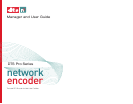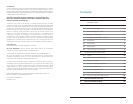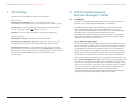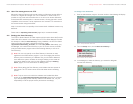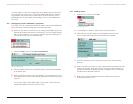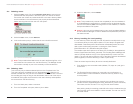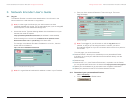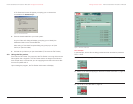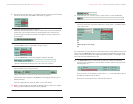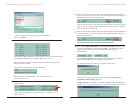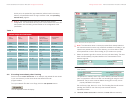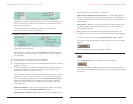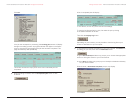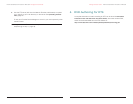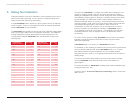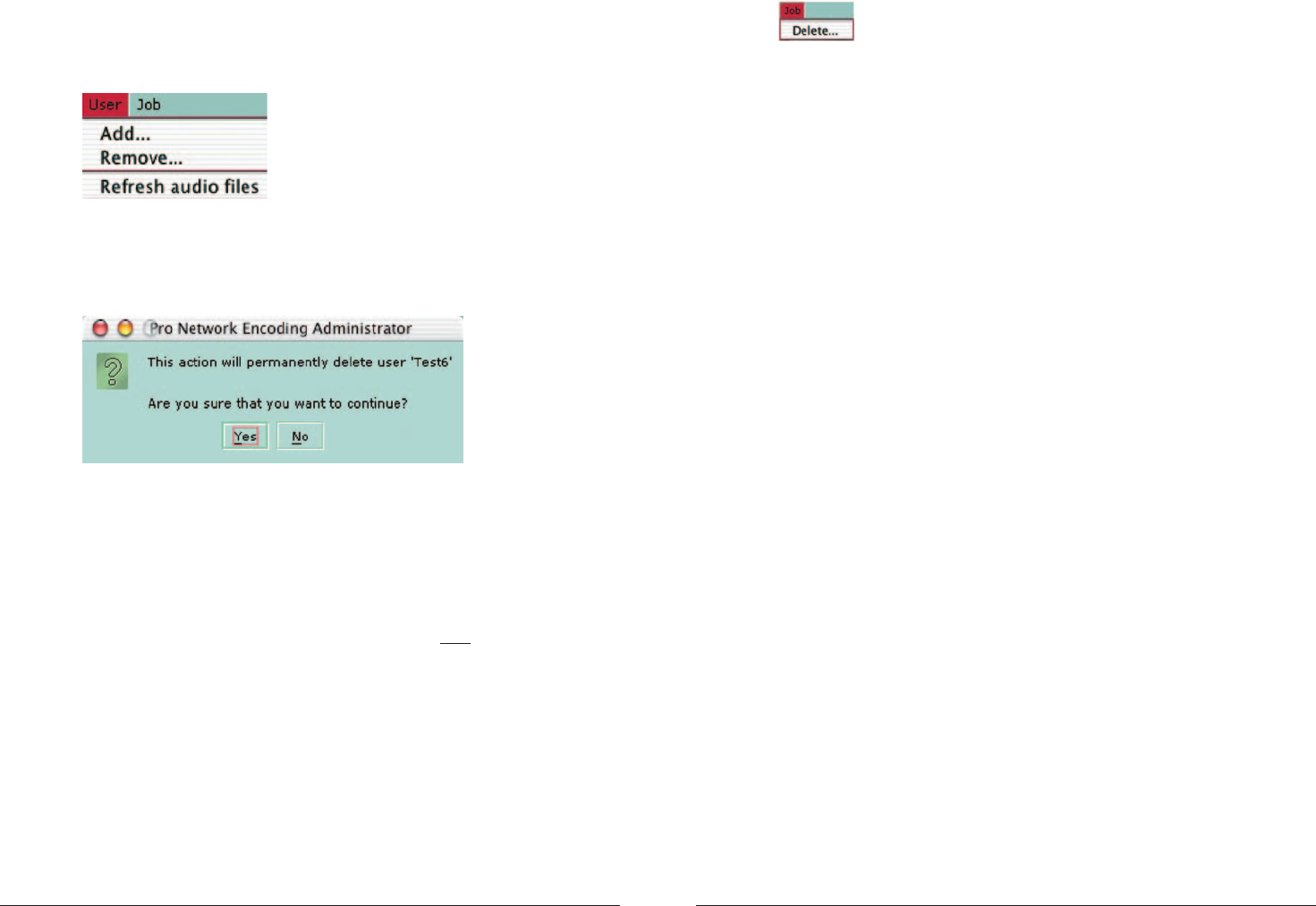
3. Under the Job menu, choose Delete.
Note: This procedure only removes the completed job from the database. It
is still the Manager’s responsibility to manually remove the duplicate log files
from the Root Directory
after removing them from the database, to maintain
disk space available in the system.
!
Caution: Jobs can only be deleted one-by-one to avoid accidental deletions,
and to enable the Manager to retain a detailed record (elsewhere) of the jobs
that were removed.
2.9. Library handling for local packing
If a user wants to pack a file locally, the user will need to manually obtain a copy
of a necessary library for their platform (Mac or PC) and keep it alongside their
downloaded customized packer. Otherwise the downloaded packer will not be
able to pack the file locally, because it is missing the “Disk Checker”
(DiskChecker.dll for PC, libDiskChecker.jnilib for Mac).
The installer copies both versions of the library (PC and Mac) to the application’s
location (/Applications/dts/Facility_Xencode). The Encoding Service Manager will
need to manually distribute a copy of the appropriate library to each user who
needs it. The user will need to keep the copy of the library and their downloaded
packer together (in the same directory) in order to pack locally.
There are several ways the library file can be manually distributed:
1. Copy the library onto removable media (diskette, CD, tape, etc.) and give it
to the users.
2. The Encoding Service manager can manmually copy the libraries to a
shared location in their local network, where the user may obtain a copy
for their platform.
3. The Encoding Service manager can manually copy the library into a user’s
Encoder account (/Applications/dts/Facility_Xencode/DTS_ROOT/username).
From there, the user can use FTP to copy it to their local machine.
After packing locally, the resulting packed file still must be transferred into the
user’s account at the server before it can be encoded. The user can use FTP
to transfer the file.
Manager and User Guide – DTS Pro Series Network Encoder for MACOSX
2.7. Deleting users
1. Under the User menu, first choose Refresh audio files to ensure that no
packed audio files are present in the user’s space. You will not be able to
remove the user if there are packed audio files in the user’s directory. Make
sure that the files in the user’s directory are properly archived elsewhere
before removing them and the user from the system.
Figure 8. Choose “Refresh” then “Remove”
2. Under the User menu, choose Remove.
3.
In the confirmation prompt, confirm that the user should be removed.
Figure 9. Delete user confirmation prompt
Note: This procedure does not remove the user’s duplicate log files, or the
user’s folder and its contents from the Root Directory. The Manager should
remove them manually as part of the necessary routine maintenance.
2.8. Deleting Jobs
This is the only way to delete a selected job from the “Completed Jobs” list.
This action removes completed jobs from the database
only. Users are not
allowed to delete their own jobs from the database. This ensures that a record of
the encoding job is kept as long as the administrator wants, even if the output
encoded file and log files are removed from the user’s directory and duplicates
are removed from the Root Directory.
1. From the User’s pane, select a username.
2. From the Completed Jobs pane, select a job to delete.
DTS Pro Series Network Encoder for MAC OSX – Manager and User Guide
98



